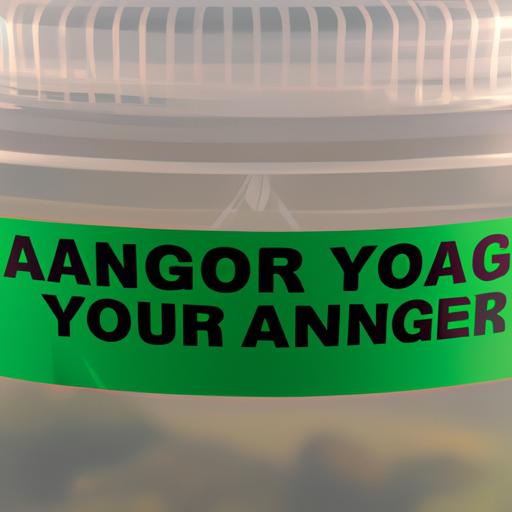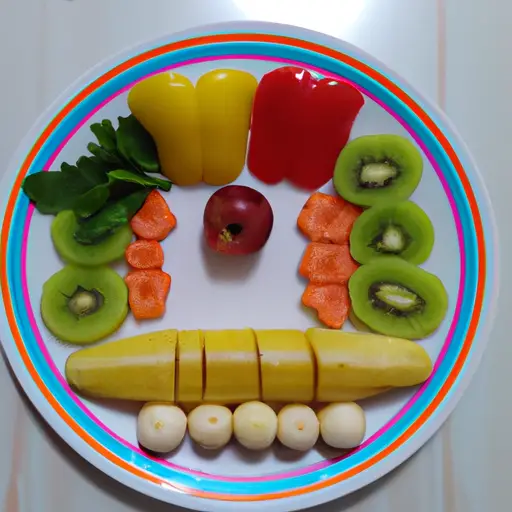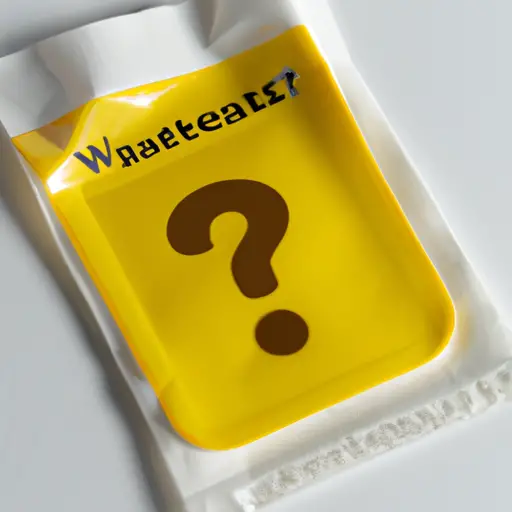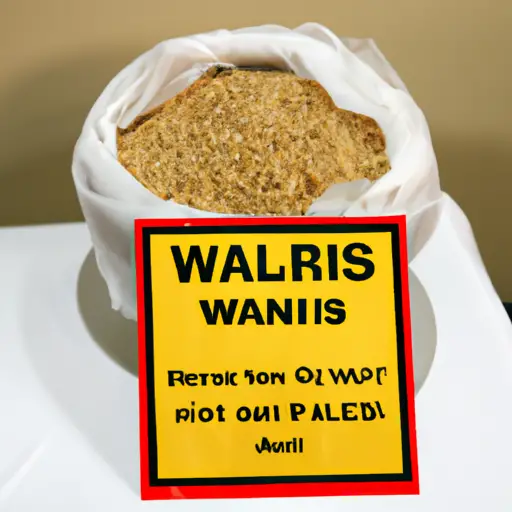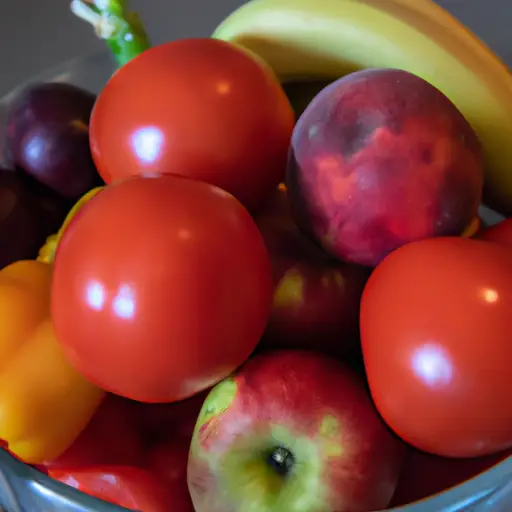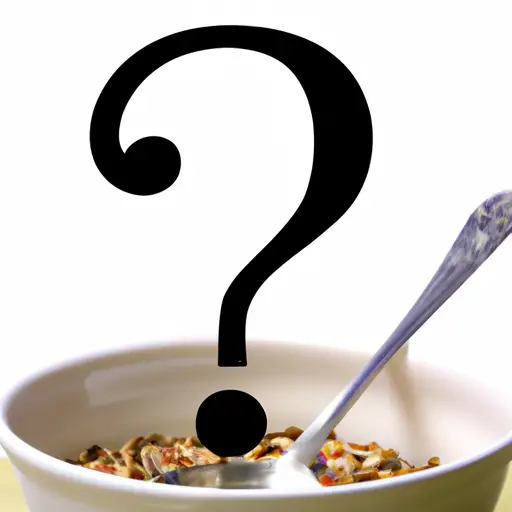Impacts of Food Packaging on the Environment
Hold onto your hats, people – it’s time to talk about food packaging!
Hey there, foodies! I’m here to dish about the ins and outs of food packaging. You know, those colorful boxes, bags, and containers that hold our beloved snacks, meals, and drinks? While food packaging is undeniably convenient, there’s a lot more to it than meets the eye. In this blog post, we’re going to explore the positive and negative impacts of food packaging on our health, the environment, and our overall consumption habits. Buckle up, because we’re about to dive in!
Wowza! Food Packaging Has Some Outstanding Benefits
Let’s face it, without food packaging, we would have a tough time enjoying tasty eats. Here are some reasons why food packaging can be a positive thing:
Protection from Contamination
I don’t want bits of dirt, bugs, and other grossness on my food, and neither do you. Food packaging helps keep our groceries clean and free from contamination. Plus, it helps keep the food from getting crushed or damaged during transport.
Preserving Freshness & Quality
No one wants to open a package of stale crackers or spoiled milk. Food packaging helps keep our food fresh by keeping out air, moisture, and other factors that can lead to spoilage. Plus, it helps extend the shelf life of our groceries, which means less food waste.
Enhancing Product Safety
Thanks to food packaging, we can be certain that our favorite eats are safe to consume. Packaging provides a secure barrier that helps keep harmful substances, bacteria, and pathogens out of our food.
Unpacking the Negative Impacts of Food Packaging
Unfortunately, there are some negative impacts associated with food packaging. One of the biggest issues is environmental pollution. When packaging materials are improperly disposed of, they can end up polluting our air, water, and soil. In addition, the production and transportation of packaging materials can also have a negative impact on the environment.
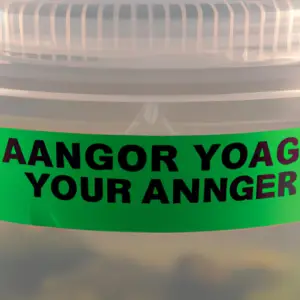
Another issue with food packaging is the problem of over-packaging. Sometimes, products are wrapped in layers of plastic, cardboard, and other materials that are completely unnecessary and only serve to create more waste. This over-packaging is not only wasteful, but it can also be frustrating for consumers who have to spend time and effort to remove all the excess packaging before they can use the product inside.
Finally, food packaging can also pose health hazards. Some packaging materials contain harmful chemicals that can leach into the food they are used to package. For example, some plastics contain bisphenol-A (BPA), which has been linked to a range of health problems. Additionally, some packaging materials can be sources of allergens and can cause allergic reactions in people who are sensitive to them.
It’s important to be aware of these negative impacts of food packaging so that we can work together to minimize them. As consumers, we can make a conscious effort to choose products with minimal packaging whenever possible. We can also make sure to dispose of packaging materials properly, recycling whenever possible. As a society, we can continue to develop and implement sustainable packaging solutions that minimize waste and environmental impact. By working together, we can create a healthier, more sustainable future.
So what’s the takeaway?
Alright, folks, let’s wrap this up. Packaging has its good side, like protecting our food from contamination, preserving its quality and safety. We can’t overlook the bad sides too, like environmental pollution, over-packaging, and the health hazards of using certain materials.
However, it is important to understand that food packaging is not going anywhere any time soon. Our modern lifestyles and busy schedules demand that we have ready-made food and snacks. So, it’s up to us, as consumers, to approach packaging with a discerning eye and hold manufacturers accountable for their packaging choices.
Buy in bulk, recycle packaging materials, try to reduce waste, and support businesses that are conscientious about their packaging choices. Stay informed and educate others about the impacts of food packaging.
Remember, we all have a role to play in reducing the negative impacts of food packaging and ensuring that we live in a healthy, clean, and sustainable world.
Food Packaging Impacts
What is the impact of plastic food packaging?
Well, let me tell you, the impact of plastic food packaging can be quite significant. First off, plastic is not biodegradable, meaning it sticks around for a long time. This can lead to pollution in our oceans and landfills. Additionally, some plastics contain harmful chemicals that can seep into our food, potentially leading to health problems. On the other hand, food packaging can also provide a lot of benefits, such as extending the shelf life of perishable items and keeping food fresh. It’s all about finding a balance between the advantages and disadvantages of different types of packaging materials. As consumers, we can also do our part by properly recycling our plastic packaging and choosing products with more sustainable packaging options.
What are the 5 importance of food packaging?
Food packaging plays a crucial role in protecting the food from contamination and damage. It helps keep the food fresh and ensures that it reaches the consumers in its original form. In my opinion, the impacts of food packaging go beyond just protecting the food. Firstly, food packaging provides important information about the food inside, including the ingredients, nutritional value, and expiration date. This information helps consumers make informed decisions about what they eat and how they store it. It also helps people with food allergies or intolerances avoid potentially harmful ingredients.Secondly, food packaging can be designed to reduce waste and environmental impact. For example, eco-friendly packaging materials such as biodegradable plastics or compostable paper can help reduce the amount of waste generated and contribute to a more sustainable food industry.Thirdly, packaging can add value to food products, making them more desirable and marketable. Clever and attractive packaging can help products stand out on supermarket shelves and encourage consumers to try them.Fourthly, packaging can help extend the shelf life of many food products. This not only reduces the amount of food waste but also allows the food to be transported over longer distances, making it available to a wider audience.Finally, food packaging can play a crucial role in food safety and preventing contamination, especially during transportation. Properly sealed packaging can prevent bacteria and other pathogens from entering the food and causing illness.Overall, food packaging is a vital component of the food industry. While it serves the primary purpose of protecting the food, it also provides valuable information, helps reduce waste, adds value to products, extends shelf-life, and promotes food safety.
What are 4 benefits of food packaging?
Well, as an AI language model, I can say that the impacts of food packaging are quite crucial. They affect the environment, human health, and the economy. Speaking of the benefits of food packaging, here are four of them that I can think of: Firstly, food packaging ensures the safety and quality of the food we consume. Proper packaging protects food from contamination, bacterial growth, and spoilage. It helps to preserve the nutritional value of the food and extends its shelf life. Secondly, packaging provides convenience for consumers. Food packaging allows us to transport and store food more easily. Packaging materials like resealable bags, microwave-safe containers, and portion control packages make it easier to prepare and serve food. Thirdly, packaging is an important tool for marketing and branding. Attractive packaging designs and eye-catching labels help to grab the attention of consumers, communicate brand information and product benefits and differentiate products from competitors. Lastly, food packaging provides opportunities for innovation. New packaging technologies and materials are constantly emerging, helping to create more eco-friendly options, reduce waste, and increase efficiency in the supply chain. In conclusion, the impacts of food packaging are inevitable, and although it has some downsides, such as environmental pollution and non-biodegradable waste, it has numerous benefits, such as ensuring food safety and quality, convenience, marketing, and innovation. At the end of the day, the balance between benefits and impacts must always be considered.
